Traditional Braces in Wishart: Effective Orthodontic Treatment
Learn About Traditional Braces and Their Role in Your Oral Health
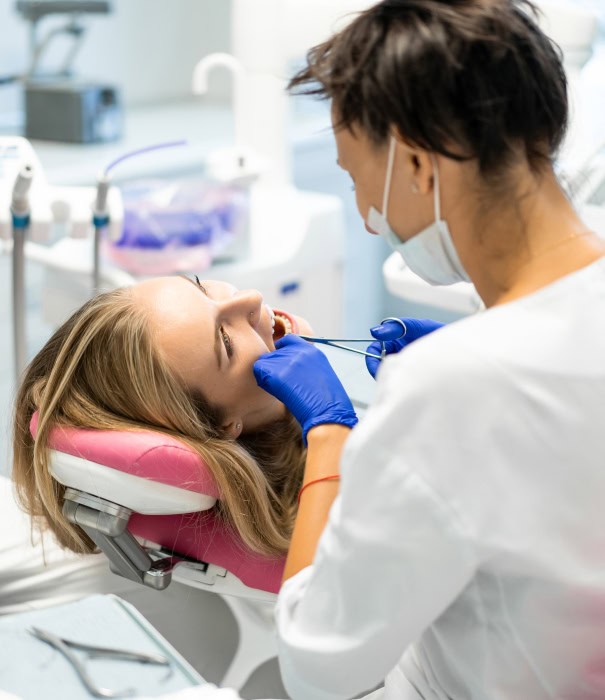
Step-by-Step Guide to the Orthodontic Process

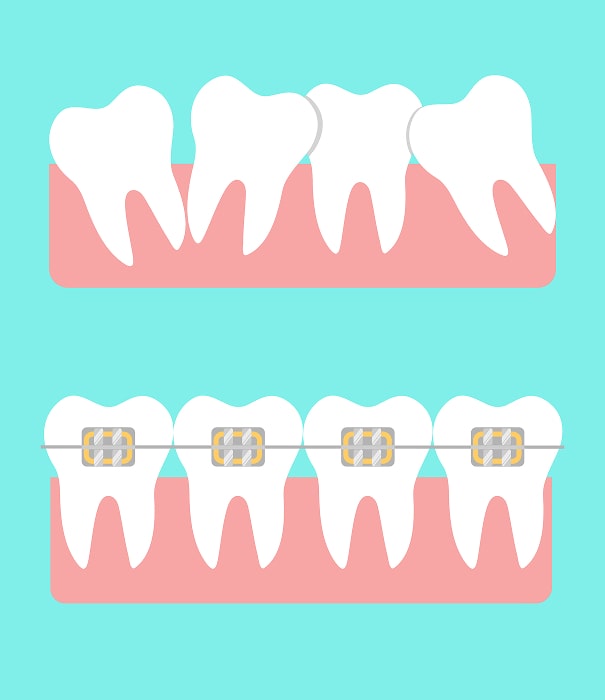
The Benefits of Traditional Braces for Achieving Proper Tooth Alignment
Traditional braces remain a reliable and effective option for those seeking improved dental health and alignment. Below, we explore the key benefits they offer for achieving proper tooth alignment and overall bite improvement:
- By tackling issues like overcrowding, spacing, or bite discrepancies, braces enhance both the appearance and function of your smile.
- Improving jaw alignment with braces can also ease discomfort and minimise uneven pressure on specific teeth over time.
- Braces help promote better long-term oral hygiene by positioning teeth in a way that makes cleaning more effective.
- Proper tooth alignment achieved through braces can boost confidence and improve overall oral functionality.

Understanding Who Is the Right Candidate for Traditional Braces
Traditional braces are a proven orthodontic treatment option for addressing a wide range of dental alignment problems. To determine if this treatment is suitable for you, it’s important to consider the characteristics common to ideal candidates:
- Traditional braces may be considered for dental misalignments, such as severe crowding, gaps, or bite issues.
- Teeth and gums must be strong and healthy to provide the stable foundation required for braces.
- No conditions, such as metal allergies or significant enamel loss, are present to maintain compatibility with braces throughout treatment.
- Regular commitment to orthodontic appointments is necessary for adjustments and monitoring progress.
Book Your Orthodontic Consultation
in Wishart Today

Why Families in Wishart Choose Southside Friendly Dental Care
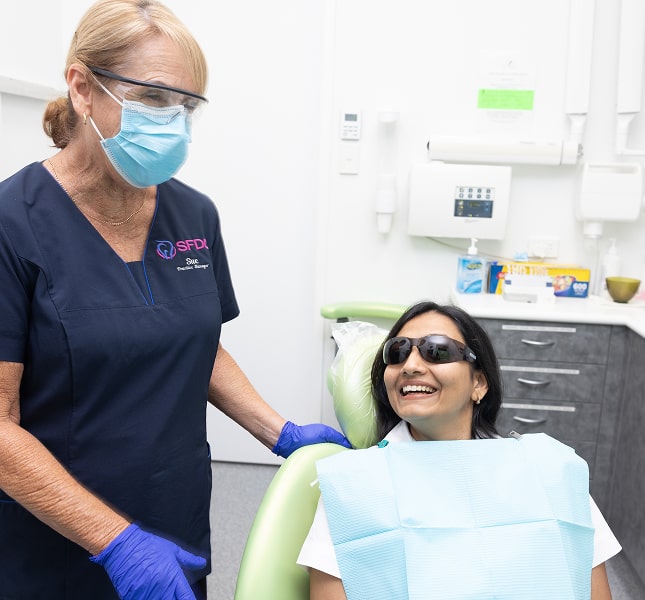
Comprehensive Orthodontic Care
From diagnosis to post-braces retention, our team manages every step of your orthodontic treatment with care.
Complete Orthodontic Services in One Location
At Southside Friendly Dental Care in Wishart, we offer complete orthodontic care using traditional braces for patients of all ages. Families appreciate the convenience of receiving assessments, adjustments, and follow-ups in one trusted location. Our coordinated approach promotes consistent progress throughout each stage of the braces treatment.
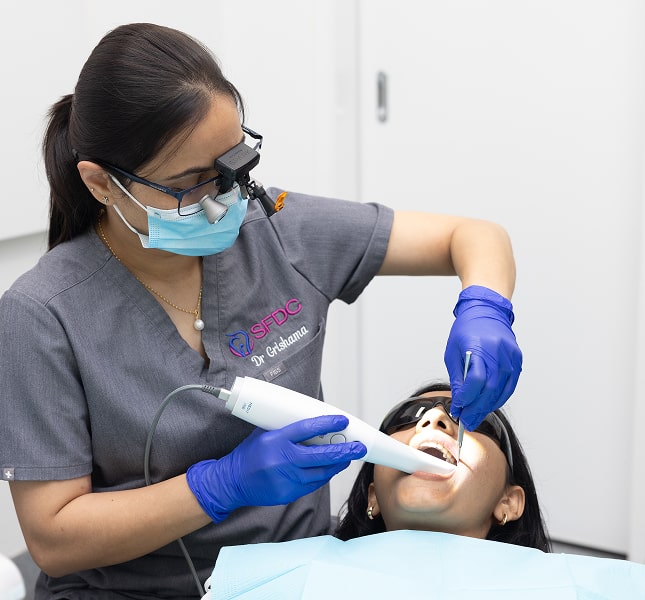
Precise Results
Detailed imaging and modern planning tools enable consistent, accurate outcomes throughout the orthodontic process with dental braces.
Advanced Braces Technology for Better Accuracy
With an in-house OPG machine and extraoral cameras, our team at Southside Friendly Dental Care can assess your bite and alignment more accurately. These tools provide valuable imaging for diagnosis and progress tracking. Higher-quality visuals mean better planning and more predictable outcomes with traditional braces.
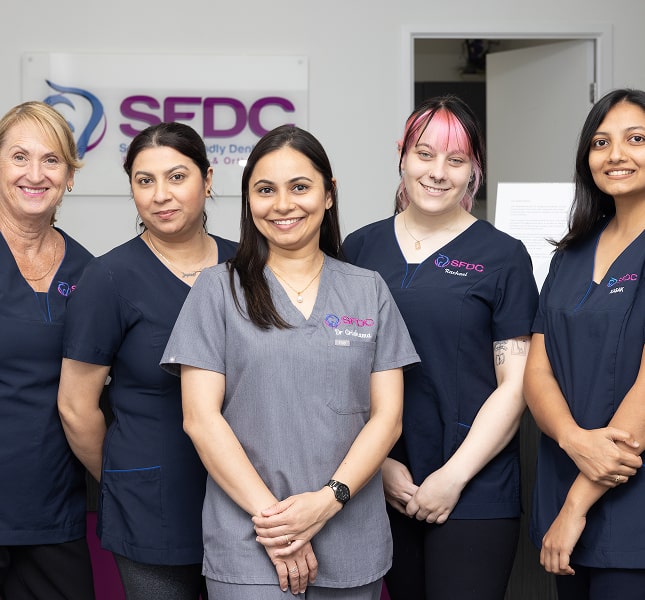
Modern Skills
Our orthodontic team uses advanced skills and techniques to deliver effective, carefully managed care throughout your braces treatment.
Experienced Orthodontic Team You Can Count On
Southside Friendly Dental Care’s experienced team provides personalised support throughout your dental braces treatment. We’re committed to delivering consistent care, clear communication, and reliable results. With years of orthodontic experience, we guide families in Wishart and beyond through each stage of the process with confidence and attention.
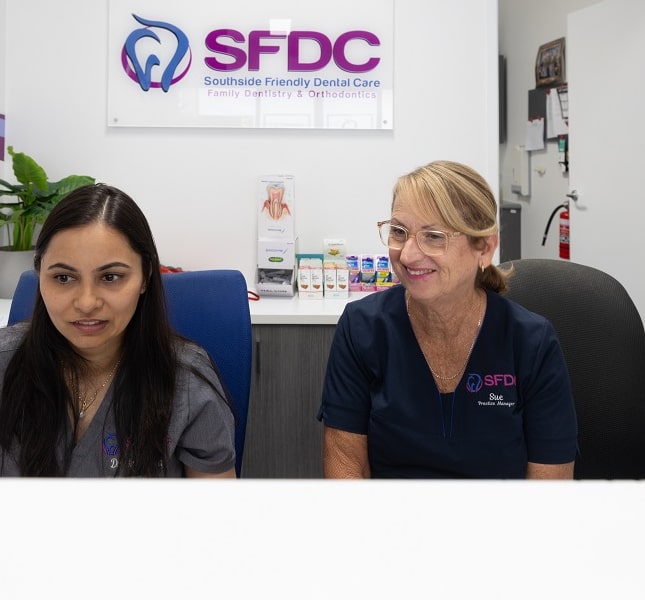
Affordable Plans
Choose from a range of budget-friendly payment options to support your orthodontic treatment with traditional braces.
Flexible Payment Options to Fit Your Budget
Traditional braces are a long-term investment, and at Southside Friendly Dental Care in Wishart, we aim to make them more accessible. Our flexible payment plans help spread treatment costs over time. We’ll work closely with you to tailor a payment option that suits your budget and needs.
Patient Experiences That Reflect Our Dedication to Quality
Monnapa
Tracey
Aks
Lily
Rothymn
Katherine
Pratik
The Wan The Naw
Richard
Vrisha
Jan
William
Monnapa
Tracey
Aks
Lily
Rothymn
Katherine
Pratik
The Wan The Naw
Richard
Vrisha
Jan
William
FAQs About Traditional Braces
How painful are traditional braces?
Traditional braces can cause mild discomfort, not acute pain. The sensation is often described as a dull pressure. This feeling normally arises soon after braces are placed or adjusted and may last for a few days.
To alleviate discomfort, patients may use over-the-counter pain relief medications, following the guidance of their dentist. It is important to remember that the mild discomfort experienced is a part of the process towards achieving a well-aligned, healthy smile.
How do traditional braces work to straighten teeth?
Traditional braces straighten teeth through steady pressure applied over time. Brackets are attached to each tooth, and a wire connects them. As the wire is tightened, it pulls the teeth into the desired position.
Each component of the braces works together to achieve effective movement and the desired tooth alignment. The brackets serve as stable anchors, while the connecting wires exert the necessary pressure. Elastic bands may be added to exert additional force, guiding the healthy teeth and jaw into alignment.
How often will I need to visit the dentist for adjustments?
Patients wearing traditional braces in Wishart normally need to visit the dentist every four to six weeks. These visits are important for ongoing care and progress monitoring. Here’s what typically happens during each appointment:
- Adjustments are made to the wires or elastics to keep the teeth moving in the planned direction.
- Your progress is reviewed to assess whether the treatment is on track.
- Oral hygiene is checked, and your dentist may offer tips for maintaining your braces.
- Any issues are addressed, such as discomfort, loose brackets, or broken wires.
These check-ups are a key part of maintaining effective, consistent movement throughout your dental braces treatment.
Do traditional braces address overbites?
How long do traditional braces take to straighten teeth?
Traditional metal braces usually take one to three years to straighten teeth. The duration depends on the following factors that influence the treatment for patients:
- Initial misalignment severity:
More severe misalignments require longer treatment times to adjust the teeth’s positions carefully. - Patient age:
Younger patients often experience faster results due to more malleable, easier-adapting jawbones and teeth. - Biological response to braces:
The patient’s biological responses to orthodontic services can vary, affecting the speed of tooth movement. - Patient compliance:
Adherence to adjustment schedules and care instructions, including wearing elastics as prescribed, significantly impacts treatment duration. - Type of braces used:
Different materials and technologies used for braces can affect the efficiency of the dental treatment process.
It is important to maintain regular appointments to allow the treatment to progress as expected. Our dental team at Southside Friendly Dental Care is committed to providing ongoing support and guidance on traditional braces maintenance.
What is the age limit for braces?
How do I take care of my braces and keep my teeth clean?
Here are steps to caring for traditional braces and maintaining good oral hygiene:
- Use the right tools:
Use a soft-bristled toothbrush and fluoride toothpaste; consider an orthodontic brush along with an interdental brush for better cleaning around braces. - Brush effectively:
Brush after every meal and snack so you reach all surfaces of the teeth and braces to eliminate food particles and plaque. - Floss daily:
Use floss threaders or orthodontic floss to clean between the teeth and under the wires where regular brushing can’t reach. - Rinse regularly:
Use an antimicrobial or fluoride mouthwash to help reduce plaque and prevent demineralisation. - Avoid harmful foods:
Steer clear of sticky, hard, and chewy foods that can damage braces or get trapped in them.
Proper traditional braces maintenance not only keeps them in good condition but also helps prevent potential complications like plaque buildup or tooth decay. By following these steps consistently, you actively support a smoother and more successful orthodontic treatment journey.
What is the cost of traditional braces?
The cost of traditional braces can go up to $8,000. However, the following factors may add to this cost, depending on your treatment needs:
- Initial consultations and assessments:
X-rays, moulds, and detailed evaluations may be required to develop a personalised treatment plan. - Orthodontic appliances:
Additional devices like palate expanders or retainers may be necessary depending on your specific alignment issues. - Length of treatment:
More complex cases may require longer treatment times and increase the cost of traditional braces due to more frequent adjustments and extended use. - Dental adjustments or extractions:
Sometimes, wisdom tooth removal may be needed before starting the braces treatment.
These factors can influence the total investment required for standard braces, depending on unique circumstances. At Southside Friendly Dental Care, we always recommend scheduling a consultation to understand the complete scope and cost of traditional braces. We welcome patients from Wishart, Mansfield, Upper Mount Gravatt, Eight Mile Plains, and surrounding areas.
Are traditional braces worth it?
Yes, traditional metal braces are worth it for those seeking long-term teeth alignment and bite adjustment. Here are the key benefits of traditional braces:
- Effective for severe misalignments:
Traditional braces are highly effective for addressing complex cases such as overcrowding, overbites, or underbites. They use a system of brackets and wires that apply precise force over time, allowing for significant movement and adjustment of teeth and jaw alignment. - Precise control over tooth movement:
Dentists can make regular, small adjustments to the archwires and brackets during check-ups. This level of control supports careful planning and progressive movement, allowing teeth to shift in the right direction at the right pace for long-term results. - Durable and reliable:
Made from stainless steel or high-strength alloys, traditional braces are built to withstand daily wear, chewing forces, and orthodontic adjustments. Their durability means they are less prone to damage, reducing the likelihood of interruptions to treatment progress. - Consistent results:
Since they are non-removable, braces work continuously, providing consistent pressure to teeth. This encourages steady progress and supports predictable alignment over the course of the treatment.
The benefits of traditional braces focus on addressing various dental issues that other methods might struggle to manage. With reliable and consistent results, they are a proven option for patients seeking long-lasting, straight smiles and overall oral health.
Are there any alternatives to traditional braces?
Yes, several alternatives to traditional braces are available to achieve a straighter smile. These alternatives vary based on visibility, comfort, and treatment duration. Here’s an overview of the common alternatives:
- Clear aligner therapy:
These are removable, transparent trays that gradually shift teeth into place. They are nearly invisible, but they may not be as effective for severe misalignments as traditional braces. - Lingual braces:
They are placed behind the teeth and provide a hidden option for teeth straightening. However, they can cause some discomfort due to their positioning. - Ceramic braces:
These braces use tooth-coloured brackets, offering a more discreet appearance than metal braces, but they can stain over time and are less durable.
When considering alternatives to dental braces, it’s essential to weigh the advantages and limitations of each option based on your specific dental needs. Your experienced dentist can guide you in choosing the most appropriate method that aligns with your goals and treatment requirements.